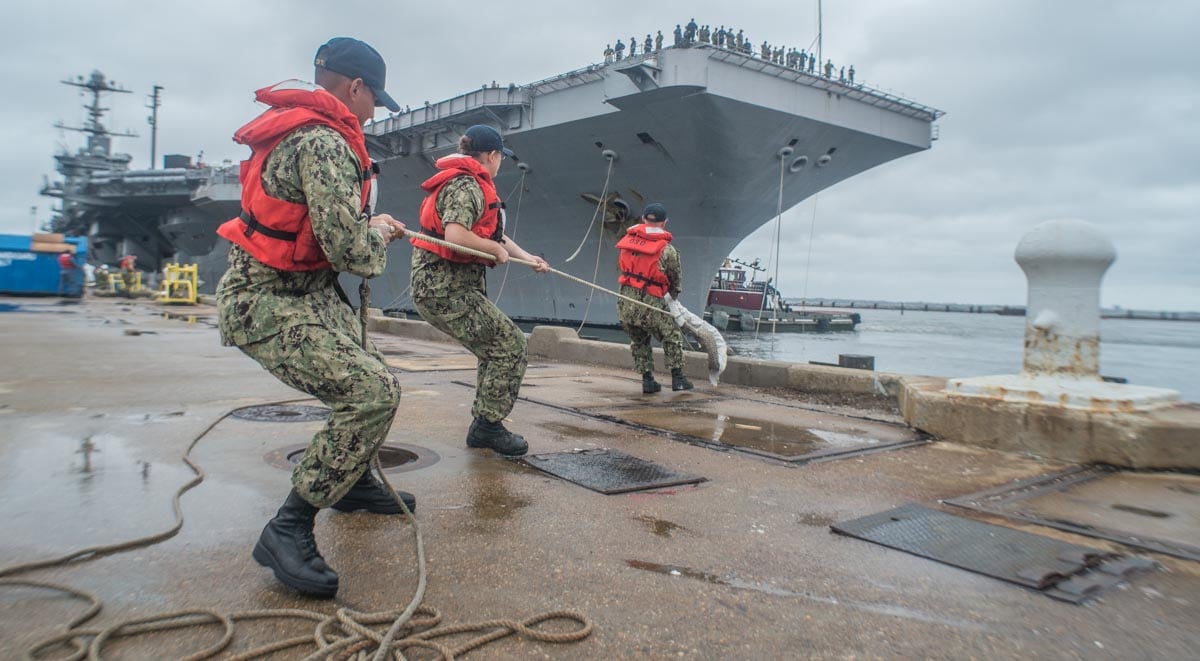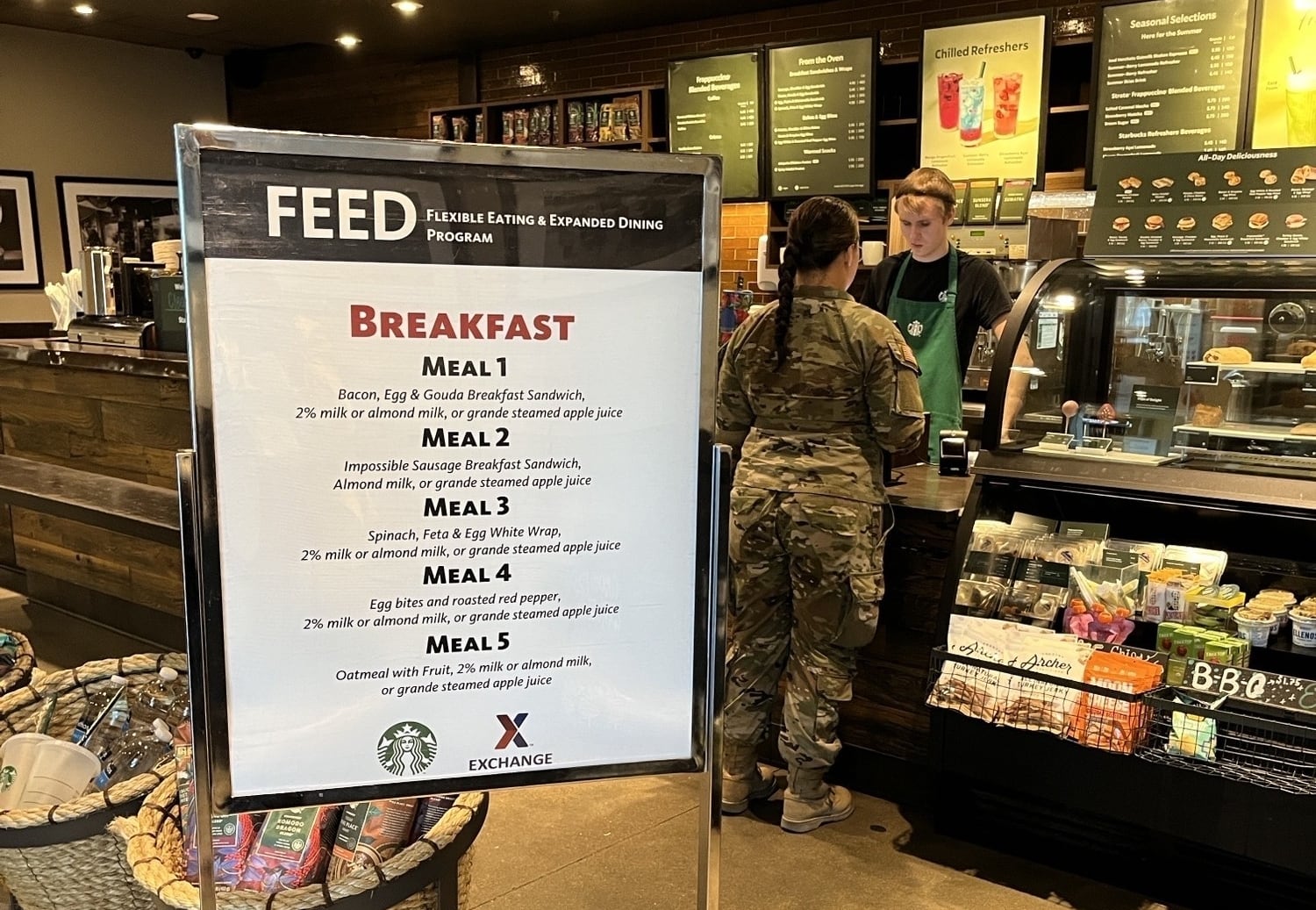The aircraft carrier Harry S. Truman and elements of her strike group arrived in Norfolk on Saturday just three months and 10 days after setting sail, marking the dawn of a new era in aircraft carrier deployments.
Navy officials are calling this a routine port visit and not a traditional homecoming. The arrival came with none of the traditional fanfare, which is normally reserved for returns from cruises of six months or more.
Though the Navy kept this arrival low-key, that didn’t stop a crowd of 500 or more family and friends from gathering at the head of pier 14 in an on-again, off-again rain to see the ship return.
Officials say a real homecoming could still be in the offing for Truman, though no one is saying, yet what that might entail. But for now, there’s more work to be done.
The Truman arrived back in Norfolk with the guided-missle cruiser Normandy and destroyers Arliegh Burke and Forrest Sherman.
“I”m surprised to be back to see you this quickly,” said Rear Adm. Gene Black, Truman Strike Group commander, speaking to the media after the ship’s arrival at Norfolk Naval Station.
“You know that when we sailed, we were planning to go to the 6th Fleet and the 5th Fleet and be back in November. Instead, we stayed in the 6th Fleet and we’re back in July. What you are seeing is the Navy’s execution of dynamic force employment in support of the National Defense Strategy, so we’re strategically predictable and operational unpredictable. "
RELATED
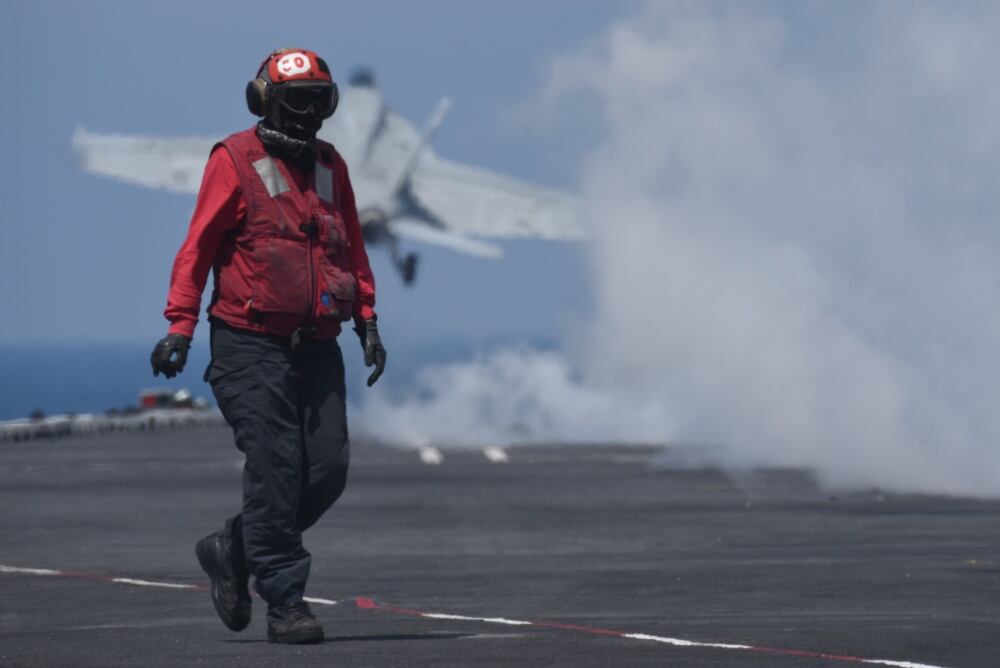
Black outlined the strike group’s successes over the past 100-plus days since departing Norfolk on April 11, detailing training operations with Morocco, followed by combat operations in the eastern Mediterranean over Syria.
“We got up into Adriatic, it’s been a while since a carrier’s been there, and supported BALTOPS [a military exercise] in the Baltic Sea,” Black said. “It’s the first a carrier has supported BALTOPS in many, many years, and might be the first time ever.”
But the biggest question hanging over the ship and the assembled crowd was what comes next. Truman technically has a year-and-a-half of “on-deck” time before entering the maintenance phase of the Optimized Fleet Response Plan again. But from the Navy’s leadership down to the strike group, no one is saying what will happen next ― and that’s the point, officials say.
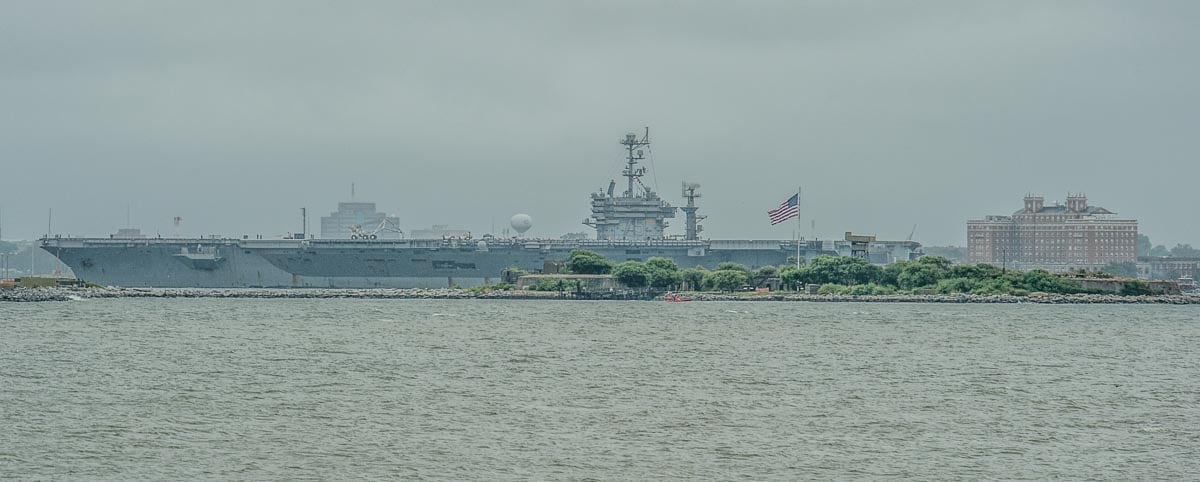
“We’re in until we’re told to sail ― can’t really go into the operational schedule,” Black said about the immediate future of the Truman and the strike group ships. If I need a [sustainment exercise] because they decide to keep us in port a little longer, I can do that, or I can deploy next week and go right back over to 5th or 6th Fleet.
“We’re 100 percent ready to go, we’re full mission capable. And based on the performance I’ve seen to date, there’s no challenge you can throw at my sailors that they can’t crush. What the future holds for us, I’m not sure and I couldn’t tell you if I knew what it was.”
That’s just fine for Sara Masters, who was waiting in the driving drizzle on the pier with her 21-day-old son Jaxon Kummer. They were awaiting the arrival of Jaxon’s dad, Aviation Boatswain’s Mate Third Class (AW) Zachary Kummer, to depart the ship.
“I’m just glad that he gets to meet his son now and not when he’s 6 months old,” Masters said. “It’s going to be great to see him. And if we get one day and they depart again tomorrow, that’s OK because we’ll have been able to see him.”
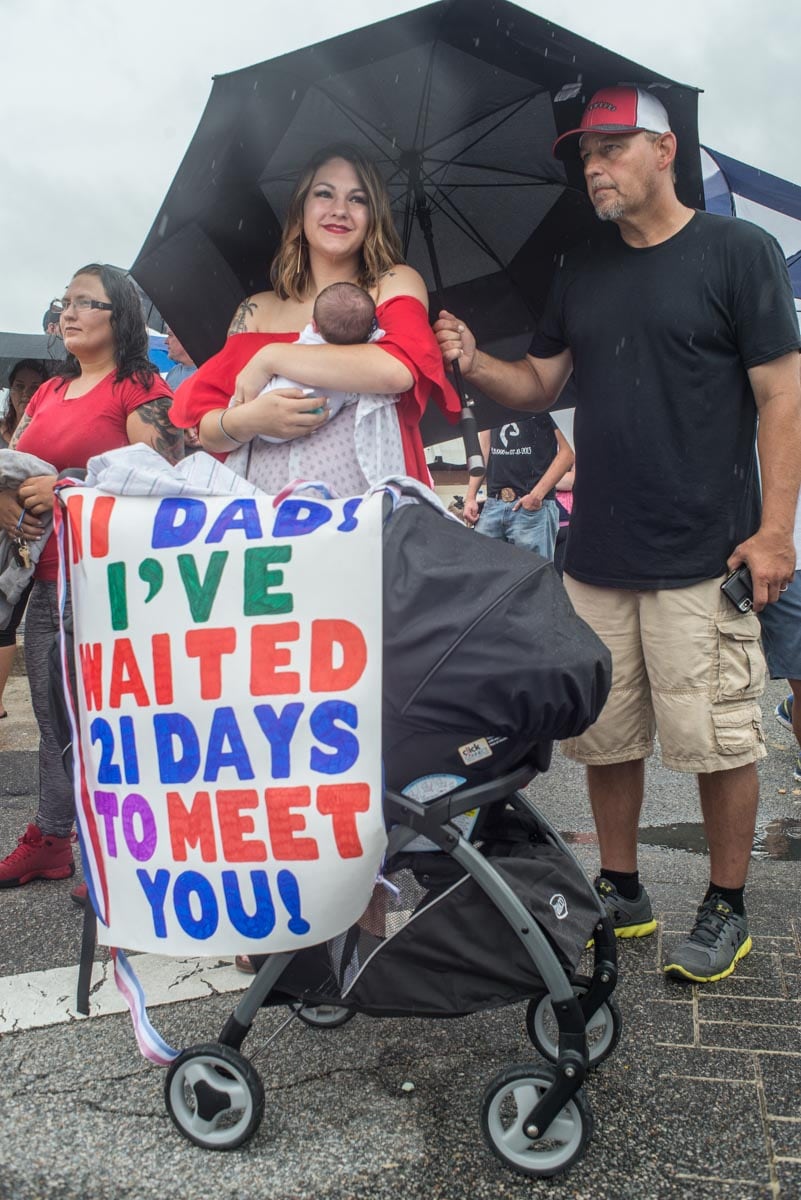
Mark D. Faram is a former reporter for Navy Times. He was a senior writer covering personnel, cultural and historical issues. A nine-year active duty Navy veteran, Faram served from 1978 to 1987 as a Navy Diver and photographer.
